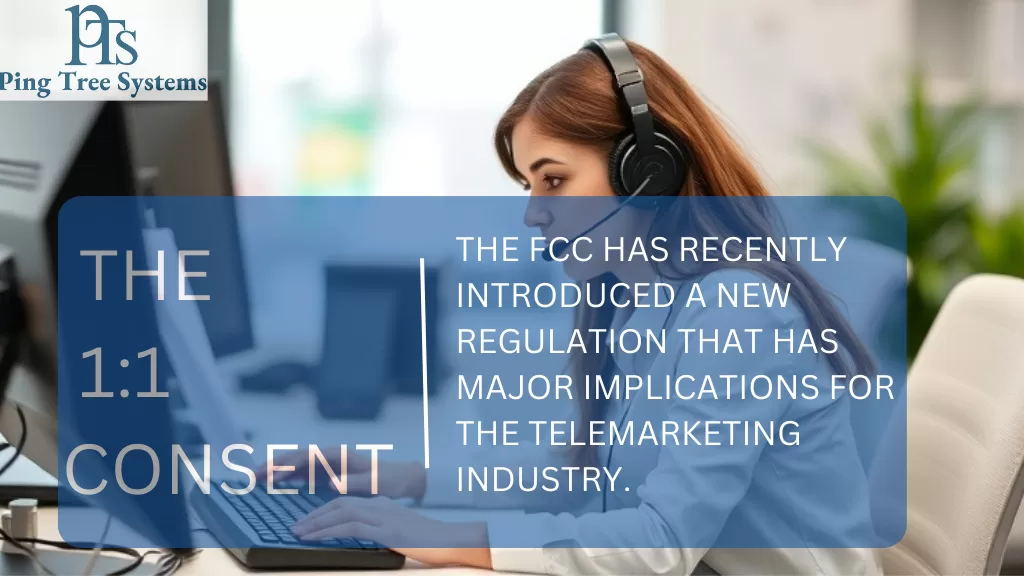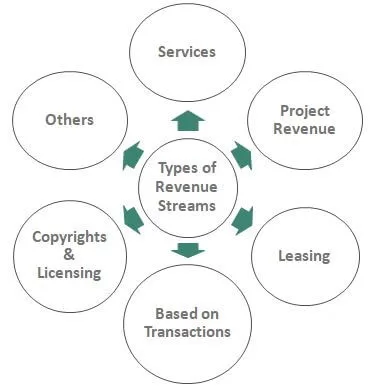Understanding the Landscape of One-To-One Consent
The Evolution of Consent Regulations
Consumer protection laws have evolved considerably over the years. The FCC’s regulations, notably the TCPA, were created to address the increasing volume of unsolicited calls and messages. This legislation highlights the importance of obtaining explicit consent, particularly for telemarketing communications. For businesses aiming to implement compliant practices—especially when utilizing Lead Distribution System and strategies like ping and post—it’s crucial to grasp this regulatory landscape. Understanding the nuances of lead management and ensuring that all communications adhere to the TCPA guidelines will help businesses maintain compliance and foster trust with their customers.
What is One-To-One Consent?
One-to-one consent refers to the explicit permission that businesses must obtain from individuals before sending them marketing messages, promotional content, or any form of electronic communication. The FCC emphasizes this requirement under the Telephone Consumer Protection Act (TCPA), which aims to protect consumers from unwanted communications.

The Role of Technology
In today’s tech-driven landscape, utilizing tools and platforms for consent management is essential. Modern Customer Relationship Management (CRM) systems and marketing automation tools can simplify the consent process, particularly when integrated with lead distribution systems. Features like automated consent requests and straightforward opt-out options not only enhance the user experience but also ensure compliance, especially for businesses using ping post lead distribution software. By leveraging lead distribution software effectively, companies can streamline their consent management practices, making it easier to handle and communicate with leads while adhering to regulatory requirements.
Why One-To-One Consent Matters
1. Legal Compliance
Failing to secure proper consent can lead to hefty fines and legal issues. The FCC is vigilant in enforcing its regulations, and companies that neglect this aspect risk significant financial penalties and reputational damage.
2. Building Trust
Transparent communication practices foster trust between businesses and consumers. By obtaining clear consent, companies signal respect for their customers’ privacy, which can enhance brand loyalty.
3. Improved Engagement
When consumers opt in to receive communications, they are more likely to engage with the content. This targeted approach not only improves response rates but also maximizes the effectiveness of marketing efforts.
Things PingTree Systems Is Doing For Clients To Prepare For The FCC One-to-One Consent Deadline
Dynamic TCPA Language Based On Matching Results
Ping Tree Systems incorporates dynamic TCPA language that adjusts based on whether there are no matches, an exclusive match, or multiple matches. This sophistication ensures that the consent language remains accurate and compliant with regulatory requirements, tailored to the unique experience of the consumer at that moment.
The intuitive step-by-step wizard simplifies the creation of forms, allowing users to develop solutions that are both compliant and visually appealing. Additionally, the platform offers customization options, enabling businesses to align forms with their branding while maintaining adherence to legal standards. This flexibility not only enhances user engagement but also streamlines the consent process, making it seamless for consumers to provide their information confidently.


Do The Research For The Consumer And Add A Revenue Stream
When presented with a list of companies, many consumers will likely Google them and visit their websites. With Dynamic Consent forms, you can enhance this experience by providing the phone numbers and websites of the listed companies, effectively monetizing any research consumers conduct.By offering consumers multiple avenues for interaction—such as direct links, contact information, and engaging content—boberdoo significantly increases the chances of successful engagements and conversions. This approach not only empowers consumers with the information they need but also fosters trust and transparency, encouraging them to take action. Additionally, by integrating analytics, businesses can gain valuable insights into consumer behavior, allowing for further optimization of outreach strategies and marketing efforts. business growth.
E-commerce Platforms:
Online retailers often utilize pop-ups or banners on their websites to invite visitors to subscribe to newsletters or alerts. These invitations typically emphasize exclusive offers, promotions, or insider information, which encourages users to opt in willingly. By clearly communicating the value of subscribing—such as access to limited-time discounts, product launches, and personalized recommendations—retailers can effectively capture visitors’ attention and interest.
To further enhance the user experience, many retailers use eye-catching designs and strategic placement for these pop-ups, ensuring they are visible without being intrusive.


